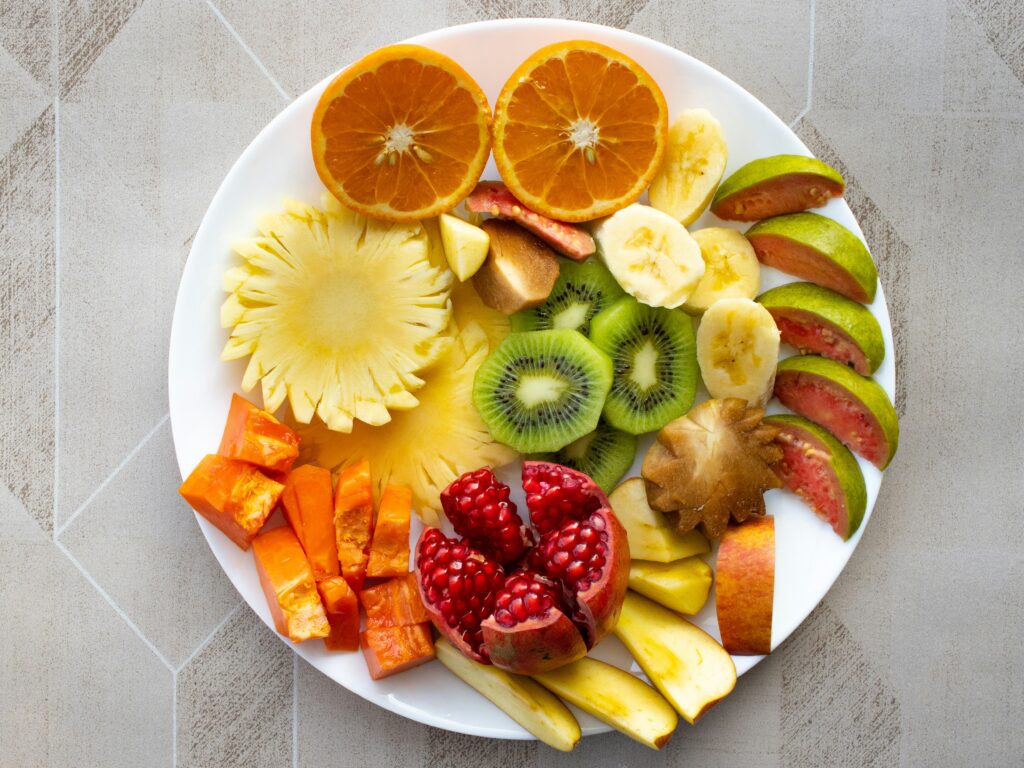Gut Health Whispers: Fermented Foods You’re Missing
Your gut is more than a digestion center — it’s a living ecosystem, a community of trillions of microbes that influence your mood, immunity, and overall well-being. At HealthyLifeWhisper, we believe the foods you choose can either drown out or gently nurture this inner world. Fermented foods are one of the quietest yet most powerful ways to support your microbiome. But beyond yogurt and kombucha, there’s a whole universe of overlooked ferments waiting to bring your gut back into harmony.
Why Fermentation Matters
Fermentation is nature’s preservation method. As friendly bacteria and yeasts transform food, they create beneficial probiotics, enzymes, and organic acids. These compounds support digestion, balance gut flora, and may even boost your immune system. Think of fermented foods as “whisperers” that gently guide your gut toward balance.
1. Miso: Japan’s Savory Secret
Miso, a fermented soybean paste from Japan, is more than just soup base. It’s rich in probiotics, minerals, and umami flavor. Unpasteurized miso added to warm (not boiling) dishes can help your gut while adding depth to sauces, dressings, and marinades.
Whisper tip: Stir a spoonful into a mug of warm water with sliced green onions for an instant gut-friendly broth.
2. Kimchi Beyond Cabbage
Most people know kimchi as spicy fermented cabbage, but in Korea it’s made from radishes, cucumbers, and even mustard greens. This diversity of vegetables feeds a diversity of gut bacteria.
Try it: Add a forkful to eggs, grain bowls, or tacos for a tangy kick and a probiotic boost.
3. Tempeh: Protein With a Probiotic Edge
Tempeh is a firm, nutty cake of fermented soybeans originating in Indonesia. Unlike tofu, it retains whole beans and their fiber, feeding beneficial microbes while delivering plant-based protein.
How to enjoy: Marinate in tamari and bake, or crumble into chili for a hearty, gut-friendly meal.
4. Beet Kvass: The Ruby-Red Tonic
This Eastern European drink is made by fermenting beets in salty water. It’s earthy, tangy, and loaded with beneficial bacteria plus antioxidants from the beets themselves.
Whisper tip: Sip a small glass before meals to aid digestion, or use it as a vibrant salad dressing base.
5. Natto: Japan’s Bold Probiotic
Natto is sticky, stringy fermented soybeans prized for their vitamin K2 content — important for bone and heart health. Its strong aroma can be off-putting, but mixing it with mustard and rice makes it more approachable.
Why it matters: Few other foods deliver this combination of probiotics and K2 in such a natural form.
6. Fermented Pickles (Not the Vinegar Kind)
Most supermarket pickles are simply brined in vinegar, which lacks live cultures. Traditional fermented pickles, however, rely on lactic acid bacteria and offer probiotics plus a satisfying crunch.
Look for: Labels that say “naturally fermented” or “contains live cultures” and are stored in the refrigerated section.
7. Lassi and Kefir: Sipping Your Probiotics
Lassi, a traditional Indian yogurt drink, and kefir, a tangy fermented milk beverage, are easy ways to get a wide spectrum of beneficial microbes. Kefir often contains more strains than yogurt, while lassi can be sweet or spiced with herbs like mint.
Whisper tip: Blend kefir with berries for a quick gut-nourishing smoothie.
8. Fermented Soy Sauce and Coconut Aminos
Not all sauces are created equal. Traditionally brewed soy sauce and its soy-free cousin, coconut aminos, undergo fermentation that develops flavor and beneficial compounds (though they’re not as probiotic-rich as raw ferments).
How to use: Drizzle over steamed veggies or stir into dressings for umami depth without artificial additives.
How to Add Ferments Without Overwhelm
If you’re new to fermented foods, introduce them slowly. Start with a tablespoon or two per day and build up, allowing your gut flora to adjust. Variety matters — each ferment offers unique strains of beneficial bacteria, like adding different instruments to a symphony.
Pairing Ferments With Fiber
Probiotics thrive when paired with prebiotics — the fibers that feed them. Combine fermented foods with whole grains, fruits, vegetables, nuts, and seeds to give your microbiome the nourishment it needs to flourish.
Listening to Your Gut
Your gut will tell you what it likes. Some people tolerate dairy ferments well, while others prefer plant-based options. Tune into how you feel after eating different ferments — energy, digestion, mood — and adjust accordingly.
The Whisper Approach to Gut Health
Fermented foods aren’t a quick fix. They’re gentle, steady allies that restore balance over time. By weaving a variety of these often-overlooked ferments into your meals, you quietly strengthen your gut — and by extension, your immunity, mood, and vitality.
Final Thoughts From HealthyLifeWhisper
In a world of loud diet trends and flashy supplements, the quiet power of fermented foods stands out. These living foods have been healing guts for centuries, and they’re ready to help yours too. Start small, explore flavors beyond yogurt, and let your gut hear the whispers of true nourishment.

